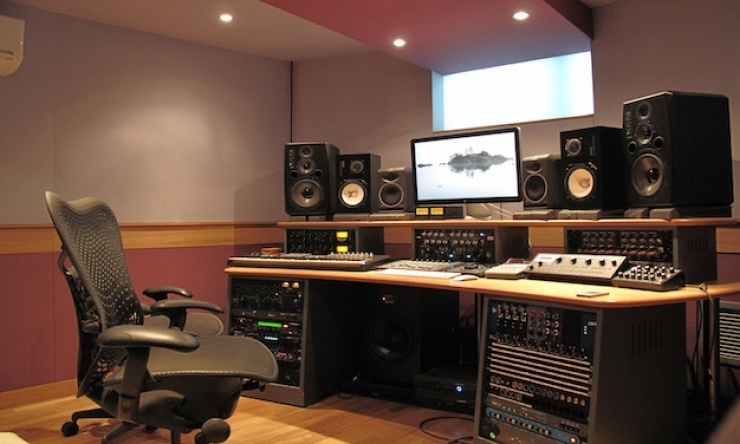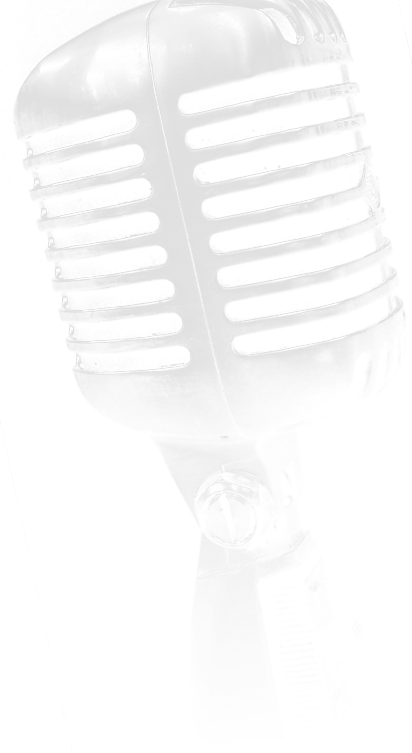
Engineer and producer Mike Collins on why it’s important to look after yourself – not just the client – when in the studio…
The ideal recording studio environment should be a healthy place to work creatively. So what’s involved here? Air temperature and quality are crucial – humans need oxygen to keep their brains alert – and appropriate levels of humidity so people can breathe properly and feel comfortable. Attractive decor and appropriate lighting also make a huge difference: to read music or manuals, adjust equipment or instruments, spot lighting can be very effective; creatives usually like dimmer, mood lighting, while technicians always like it bright.
Then we must consider the listening environment. The acoustics of the recording spaces and control room are of major importance and will define the character of the studio to a large extent. Having worked in studios that felt very oppressive or claustrophobic – usually with disastrous results – I cannot stress enough what a difference great acoustics can make.
Remember also the health and safety risks for studio personnel from high sound pressure levels that can be encountered on the studio floor from loud instruments such as trumpets, drums, or electric guitars – or in the control room from loud monitoring levels.
Hear, hear
Earplugs can cut damaging decibels while still allowing musical information to be heard. If levels are above 85dB SPL for eight hours, UK law says that hearing protection must be worn. I use a handheld sound level meter to check levels in my studio, and noise ‘dose’ meters are available for studio personnel to clip onto clothing to track daily exposure. The Musicians’ Union and Musician’s Hearing Services jointly offer a hearing scheme for freelance musicians. You can get a hearing test and advice about noise regulations, tinnitus and so forth for a very reasonable price – well worth it for the peace of mind.
Now think about all those long hours studio engineers and producers spend sitting at mixing consoles, personal computers or music keyboards. Proper chairs have become essential in the studio these days. Lower back pains, upper limb disorders and painful necks all can be caused by bad posture, slumping in the chair, sitting for too long without breaks, or reaching awkwardly for things. Then it costs you money at the osteopath…
Backbreaking work
I first visited an osteopath in September 1992 after spending five very stressful days recording overdubs and editing tracks for the Shamen who were about to go on tour to promote their Boss Drum album and hit single Ebeneezer Goode – which was at No. 1 in the UK pop charts.
The room we worked in had two old office chairs with seats slanted backwards and no adjustment to tilt the seats forwards – and the backs were missing! The room was draughty, the temperature was chilly and the lighting and décor were utterly dismal.
To meet the Friday deadline meant working 16-hour days all that week – with very few breaks. And my back was constantly being strained at an awkward angle on those chairs. By the time I showed up on the Friday morning, my back was hurting so much that the band’s roadie laid me on the floor and walked on my back every few hours to try to straighten it out to give me some relief and keep me working!
On the Saturday morning, I couldn’t stand up. I was a reasonably fit 42-year-old who had never previously had serious back problems now reduced to crawling along the floor. A friend recommended a local osteopath who quickly sorted out my back – but it took a week or more to fully recover.
Pull up a chair…
I swore I would never let this happen again and immediately bought an expensive office chair with a range of adjustments. I also re-jigged my home studio so that I could sit with everything at the correct heights and ergonomically arranged. Things improved. But ten years later, ten years older, and much more entrenched in my sedentary lifestyle, I found myself working on my first book about Pro Tools. Now the office chair was proving to be quite uncomfortable when spending long hours writing about and working with Pro Tools each day. I shopped around, found the Herman Miller Aeron chair, and decided to shell out about £800 to buy one of these – one of the best buys of my life!
Each year that passes, I become more conscious of the fact that the sitting I have to do as a consequence of my chosen professions (recording engineer, book author) is actually damaging my body. Even mainstream media is saying things like ‘Sitting is the new smoking!’
To sum up: create a comfortable working environment in your studio and the costs will be repaid many times over when you find yourself making great music and enjoying every moment.
Article courtesy Audio Media International
Â
